Packaging Inspiration from Other Design Mediums
January 15, 2018 - by Keith LoriaWhile package designers are specialists, they often still draw inspiration from other visual mediums. Trends in fashion, architecture, sculpture, and painting have all had a profound influence on package design, demonstrating the close relationship between fine art and commercial design.
Take fragrance packaging, for example, which closely parallels the fashion industry, with flora and fauna for women’s perfume bottles and sports or military-shaped for men’s cologne. When fashion houses release their own fragrances, the bottle design is often an extension of a design aesthetic that has been threaded through their apparel lines.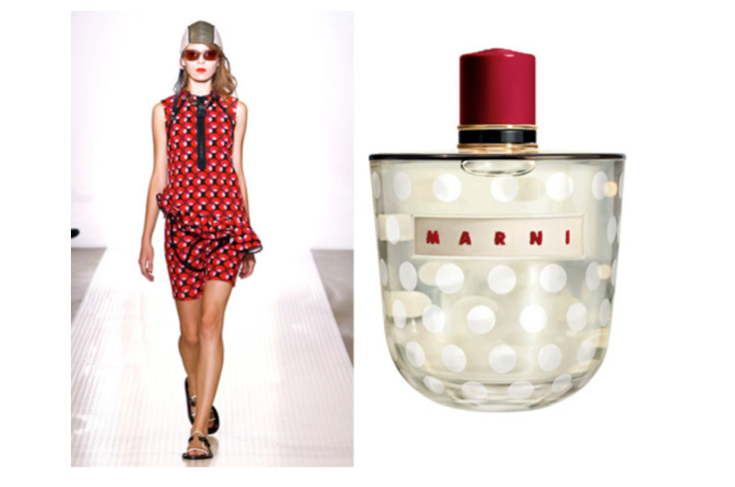 This often applies to other types of high-end cosmetics, as well. When famed shoe designer Christian Louboutin debuted a range of nail polishes, fans were delighted by the distinctly long, pointy wand, which was clearly inspired by Louboutin’s classic stiletto heel.
This often applies to other types of high-end cosmetics, as well. When famed shoe designer Christian Louboutin debuted a range of nail polishes, fans were delighted by the distinctly long, pointy wand, which was clearly inspired by Louboutin’s classic stiletto heel. “There are as many different types of packaging as there are industries. For instance, there is a harkening to the Bauhaus and its influence on architecture and graphic design, specifically the grid based design templates, in the base theory of package design in general,” says Daniel Dejan, print and creative manager at Sappi North America, a leading provider of paper-based packaging solutions. “The other influence I often see is the influence of art, specifically painting and sculpture as a basis for packaging design—inspiration such as impressionist painters and modern sculptures. There was also lot of borrowing from the decorative arts.”
“There are as many different types of packaging as there are industries. For instance, there is a harkening to the Bauhaus and its influence on architecture and graphic design, specifically the grid based design templates, in the base theory of package design in general,” says Daniel Dejan, print and creative manager at Sappi North America, a leading provider of paper-based packaging solutions. “The other influence I often see is the influence of art, specifically painting and sculpture as a basis for packaging design—inspiration such as impressionist painters and modern sculptures. There was also lot of borrowing from the decorative arts.”
For example, Gold Leaf Design Group creates 3D sculptures of Charley Harper’s Illustrations. This packaging is flexible enough to fit a variety of box sizes and still very eye-catching.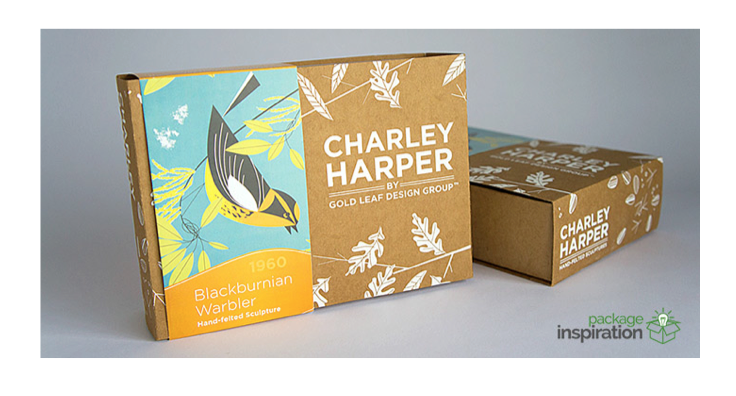 Greg Corey, founder of Porchlight, Atlanta Ga., says when it comes to the influence of architecture and fashion on design and packaging, based on art history and design movements of the past 100 years, art, architecture and design are directly related.
Greg Corey, founder of Porchlight, Atlanta Ga., says when it comes to the influence of architecture and fashion on design and packaging, based on art history and design movements of the past 100 years, art, architecture and design are directly related.
“It comes down to what is culturally relevant. Everything around us was designed and as each architectural and fashion trend comes and goes, the designs during that time reflect it,” he says. “With genres like Futurism, Cubism, Dada, Art Deco, Pop art, and others, these styles have been major influences in both architecture, fashion and packaging alike. Looking back at these artistic era’s we can pull from them and find what it represents today.”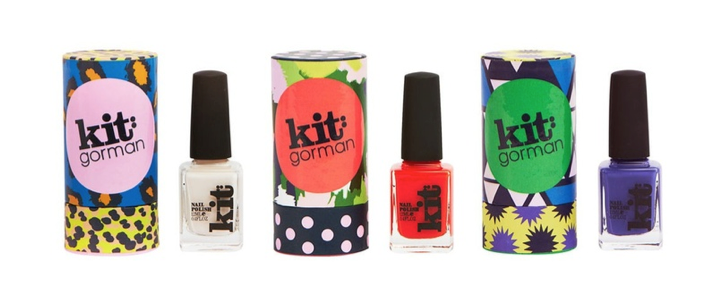 Therefore, packaging around the actual product makes sense. For example, Apple products are sleek and modern, but also very high-end and luxurious. Corey says the packaging should reflect that and believes designing must be done with “the end in mind”, and that often requires a big picture view and a vision for how a design will look, feel, and function in the end.
Therefore, packaging around the actual product makes sense. For example, Apple products are sleek and modern, but also very high-end and luxurious. Corey says the packaging should reflect that and believes designing must be done with “the end in mind”, and that often requires a big picture view and a vision for how a design will look, feel, and function in the end.
“Creating in 3D is essential to effective packaging. Whether you’re thinking in 3D or using 3D software, if you are in this mindset, you are always going to be interested in shapes and construction within the architectural space,” he says. “When you start to inherently think in multiple dimensions, it allows you to design something that can work in structural box designs, on a flat label, or even on a mobile device.”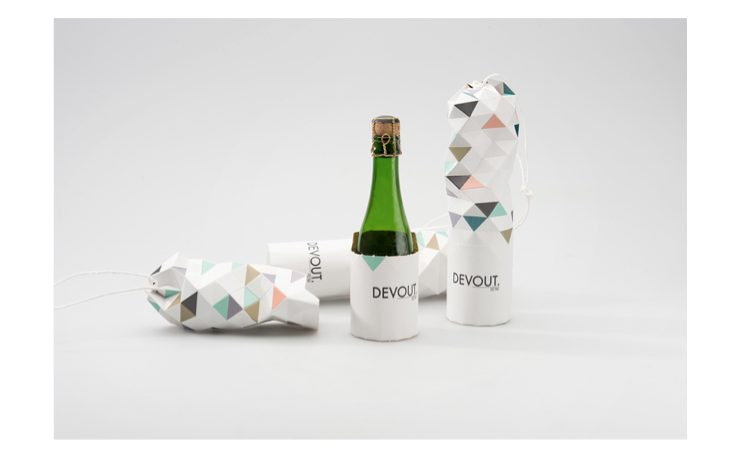 James Ollmann, director, packaging design/engineered solutions with Veritiv, says like many design mediums, packaging provides a platform for communication, expression, branding, identification and customer engagement.
James Ollmann, director, packaging design/engineered solutions with Veritiv, says like many design mediums, packaging provides a platform for communication, expression, branding, identification and customer engagement.
“Depending on market positioning, packaging can support a range of consumer engagement from deep feelings to impulsive reactions to connecting entire product lines and brands,” he says. “Communication alignment or direct interaction of different mediums can quickly establish a more comprehensive connection.”
He adds that creative influences exist in many forms and from many sources, and both structural and graphic packaging design can be influenced by spatial relationships, dimensional perspectives, shadowing, light graduations, reflective surfacing and visual interpretations.
For example, structural beams, support columns and surface details within architectural designs can provide structural and visual inspiration for packaging design.  “Many designs are influenced by day-to-day experiences like interactions with humans, machines, nature and electronics,” he says. “Design mediums and creative inspirations are seeking connections. These connections are enhanced by selection of medium, shapes, color, light and texture.”
“Many designs are influenced by day-to-day experiences like interactions with humans, machines, nature and electronics,” he says. “Design mediums and creative inspirations are seeking connections. These connections are enhanced by selection of medium, shapes, color, light and texture.”
Dejean says all design media follow certain basic ground rules—the relationship between copy and space and the use of type and color.
“Web design learned from print design, and packaging design is following the same path. At its start, packaging was very utilitarian, but then it needed to rely on marketing and visual appeal to evolve,” he says. “There needed to be a certain level of engagement with the consumer. The basic ground rules and protocols that carry into every medium are predicated on balance, beauty and engagement.”
In his view, at the highest level, all art is influenced by other art and all designers look to other areas for inspiration.
“Consumer culture is so sophisticated now. Through digital, consumers see and are influenced by an extraordinary amount of art and media,” he says. “If designers know that the consumer is engaged by a certain type of visual, they want to be able to extrapolate that and use it in a different media form.”
Design Examples
Adam Kuhn, creative director with Bullhorn Creative, a boutique branding agency with offices in Washington DC and Lexington Ky., says packaging design is integral to a brand’s identity, combining the brand’s voice and look in one tactile, practical expression.
“With smartly designed packaging, a new product can be taken from a newcomer to a game-changer,” he says. For example, the company’s recent design for Sword endurance products in which it utilized a pared down wordmark, a black/white/grayscale color set, and language that is both matter-of-fact and charismatic, letting the brand speak for hard workers of all kinds—people who sweat.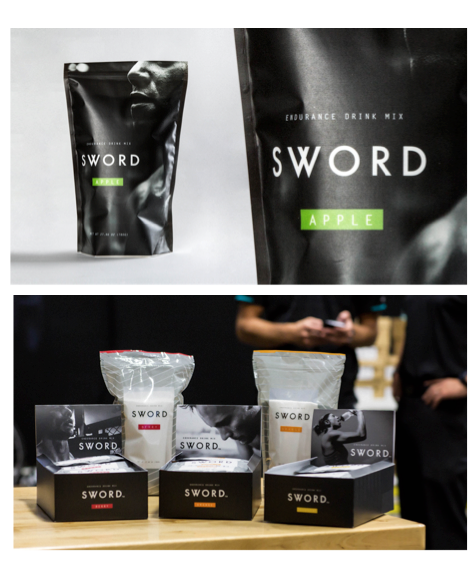 Dava Guthmiller, founder and chief creative officer of San Francisco-branding firm Noise13, says its crave-worthy, fashion-forward cell phone case packaging that the company created for tech accessories company Amber & Ash is a great example.
Dava Guthmiller, founder and chief creative officer of San Francisco-branding firm Noise13, says its crave-worthy, fashion-forward cell phone case packaging that the company created for tech accessories company Amber & Ash is a great example.
“The design took inspiration from trending colors on the runway to create this ultimate modern-meets-feminine packaging,” she says.
Final Thoughts
There is no formula for design inspiration. Creative individuals are reflective of experiences, interactions, interpretations, environments and perspectives.
Dejean says that haptics, or the science of touch, plays an enormous role in packaging design.
“The considerations that go into the type of materials, the quality, and the special effects all make an impact,” he says. “Technology has allowed for more sophistication in the packaging industry. Now, traditional print effects are migrating to packaging, such as embossing, foil stamping, and soft touch all prevalent.”
- < Previous 25 Package Design Trends for 2018
- Next > How Social Media and Meal Prepping are Influencing Package Design




